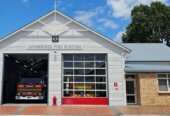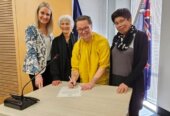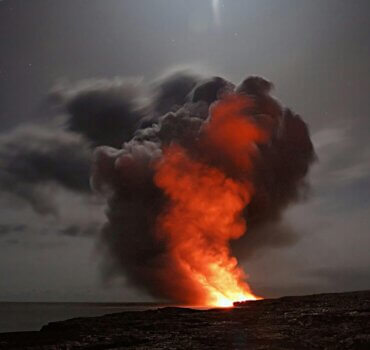
Photo: Pixabay, pexels.com
What was the world’s most powerful earthquake like? In a word: devastating.
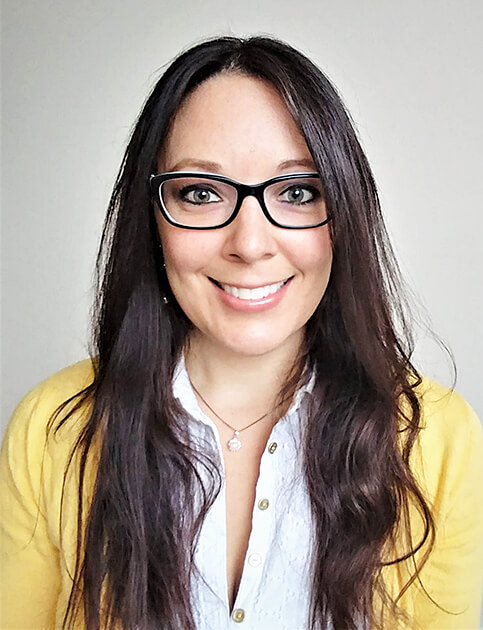
Janine Krippner
On May 22, 1960 the Earth ruptured in southern Chile. The rupture raced along the fault at a velocity of 3.5 kilometres per second, extending across about 1000 kilometres. The Valdivia Earthquake, or the Great Chilean Earthquake, registered magnitude 9.5 — the largest ever recorded.
The rupture occurred along the boundary between the Nazca and the South American tectonic plates, just offshore from Chile, and on the far side of the Pacific Ocean from us. I would hope that many of you at this point are wondering: was there a tsunami?
The answer is yes — a massive one.
The earthquake triggered a tsunami that surged across the Pacific Ocean, well before the days of our modern Pacific-wide tsunami warning system. It took about 15 hours to reach Hawai’i, plenty of time for a modern warning to be issued and life-saving actions to be taken. Thankfully in 1960 there was a warning, but warnings only work if people take action.
The first waves that hit Hilo around midnight were about 1-2 m high. Then, at 1:04 am the largest waves arrived, reaching 4.3m. A tsunami wave is not a normal wave, it is far more dangerous. Tsunamis move immense volumes of water with relentless force, surging water up and across the land across much greater timespans.
A total of 61 people were killed in Hawai’i and 43 were injured.
On the other side of the Pacific, in Japan, the tsunami struck about 22 hours after the quake, having travelled over 16,000 kilometres. Despite warnings, around 122 people died. Waves reached over six metres in some locations.
Back in Chile, the devastation was catastrophic. Over 58,000 homes were destroyed, displacing about two million people. At least 1655 lives were lost — but as with many major disasters, the true number remains uncertain.
In Aotearoa, tsunami waves were also detected, triggering widespread evacuations. Observations came from over 120 locations, including the west coast. Run-up heights reached about 4m in Nelson and 3.5m in Gisborne and the Chatham Islands.
The impact was described by the late David Johnston and colleagues as “considerable minor damage” to homes, boats, shops, and coastal infrastructure.
At the time there were calls for improved warnings and public awareness about tsunamis. Today, we’re lucky to have access to a wealth of information at our fingertips. But we must engage with it.
There will be more large tsunamis. While we now have improved warnings and education, we also have far more to lose. In 1960, New Zealand’s population was around 2.4 million. Today, it’s more than double that, and many more people live, work, and play along our vulnerable coastlines.
The 1960 earthquake and tsunami were devastating. The words we use to describe the next major tsunami will depend on the actions we take now—as individuals, scientists, governments, and communities.
Even in the face of the Earth’s most powerful forces, we are not powerless.
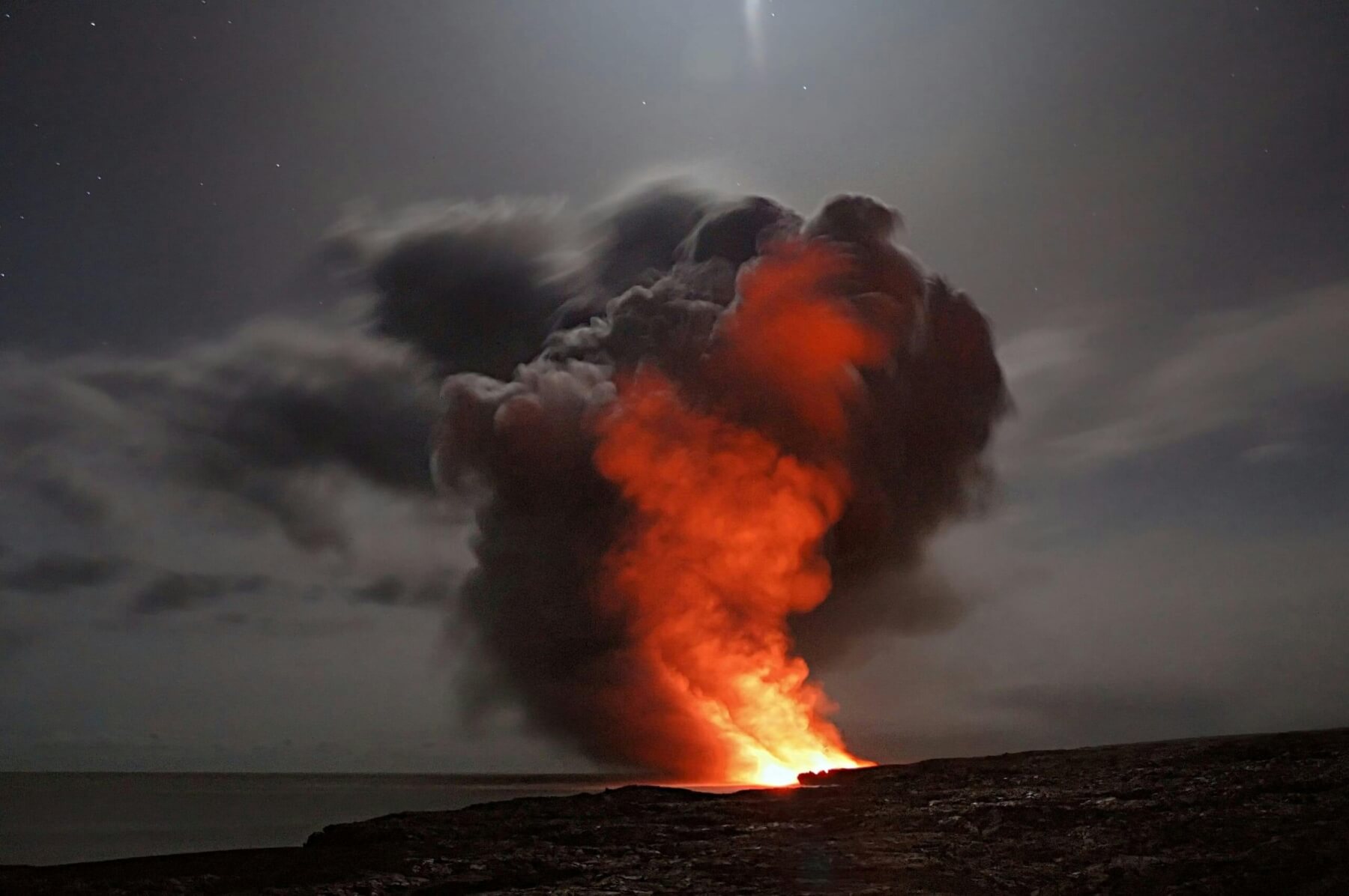
Photo: Pixabay, pexels.com





